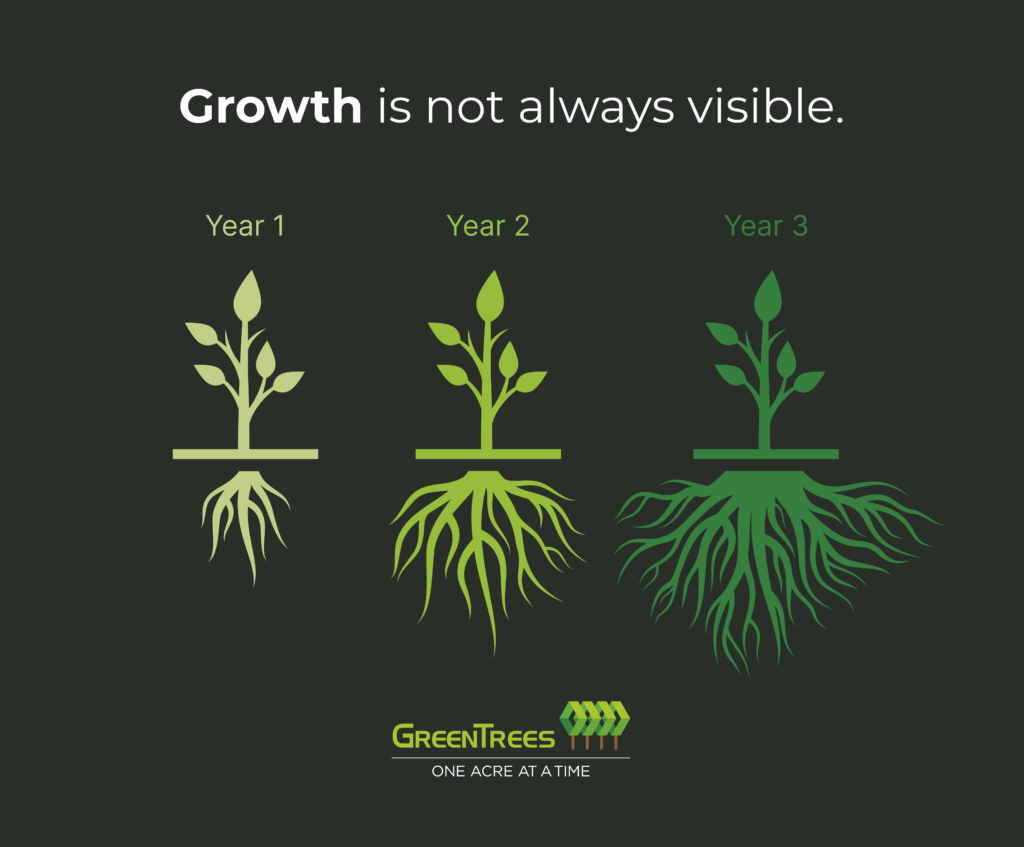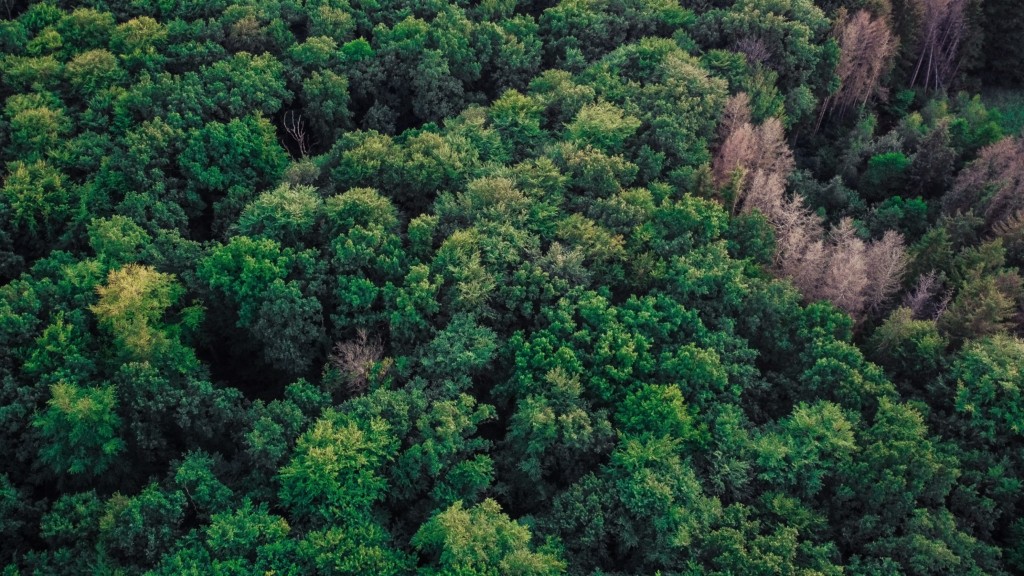We’re all familiar with the chubby pink piggy bank meant for kids. Even if you didn’t have one, the idea is rooted in our earliest economic lessons. Regardless of the type of piggy bank you had, the lesson was the same. You put money in, and it stayed there, safe and sound until you needed it.
We at GreenTrees see our work on reforestation as a grown-up piggy bank in so many ways. You make an input or put something of value aside, and the rewards return to you at a time when that value has grown.
Besides the monetary value of reforestation (of which there are many), this type of land use management can also preserve other things in the proverbial piggy bank – things that can offer value for years to come.
How GreenTrees forests support wildlife conservation
One of the many benefits of a healthy, thriving forest is its ability to be a home to native wildlife. In the National Forests of the United States, thousands of species live, thrive, migrate, and contribute to the ecosystem’s overall health. Every species within a native forest has an important place in the complicated web that makes up a resilient ecosystem.
Wildlife conservation efforts include more than simply reintroducing species to native forests. For those species to thrive, they are dependent on the availability of food sources, clean water, clean air, shelter, and space to roam.
Regular contributions to ensure healthy, reforested tracts of land are available to improve the resilience of native wildlife species. Throughout their life cycles, wildlife will aid in restoring other parts of the ecosystem and improving biodiversity throughout the forest.
How GreenTrees forests improve soil conservation efforts
Out of all the individual parts that make up a thriving forest ecosystem, the soil is most important. A healthy soil system will work like a robust bank account with a steady income stream. Even if a little is removed from that account, or disturbed within the larger ecosystem, if the underlying soil is robust, it will help replenish and restore the entire ecosystem around it.
Reforestation efforts naturally create a growing, resilient root system around which the entire ecosystem can depend. Burrowing into the ground, tree roots improve aeration within the soil, decreasing the harmful effects of compaction from disturbances like harvesting, agriculture, or wildfire. The improved aeration within the soil system allows for other critical conservation efforts like water infiltration and storage.
Every year that goes by on a reforested tract of land will see the structure of the root system within the soil ecosystem grow. There, the roots will help stabilize the soil, offering opportunities for increased runoff absorption, minimizing flood risk, and reducing surface runoff.
Water conservation results from reforested lands
Working hand in hand with soil conservation, reforested lands can filter water and improve water quality and supply. Starting high in the forest canopy, the increased cover from reforestation will shield the soil surface below from the direct impact of water droplets, intercepting precipitation and reducing soil erosion and flooding risks. Water caught in the canopy will also trickle down into the soil, allowing for steadier water supplies downstream throughout the season.
Tree root systems also help filter pollutants that may seep into an otherwise healthy and protected watershed. Pollutants can enter a reforested tract of land from nearby agricultural fields, streamflow and groundwater, and the atmosphere. By investing in reforestation and soil conservation efforts, you will see positive water conservation and quality outcomes.
Air quality improves from reforested lands
As trees grow, they “breathe in” carbon dioxide and “breathe out” oxygen. In the early stages of reforestation, young trees consume air quickly to support their rapid growth during this part of their lifecycle. As such, young trees on reforested lands consume carbon dioxide and pollutants from the air around them, therefore contributing to improving air quality. This process is the ultimate piggy bank; one that reaps both immediate and long-term conservation rewards.
Your reforestation efforts will reward your piggy bank
Forests are what we call an appreciating asset. If you’re thinking about joining the GreenTrees Reforestation program, it won’t take long for you to see how much of an asset a reforested piece of land can be for your life and beyond. These deposits improve the quality of your bank account and improve and accelerate the conservation efforts on your land and in your community.
Related: GreenTrees Pays Out Largest Check Distribution to Date to Landowners




